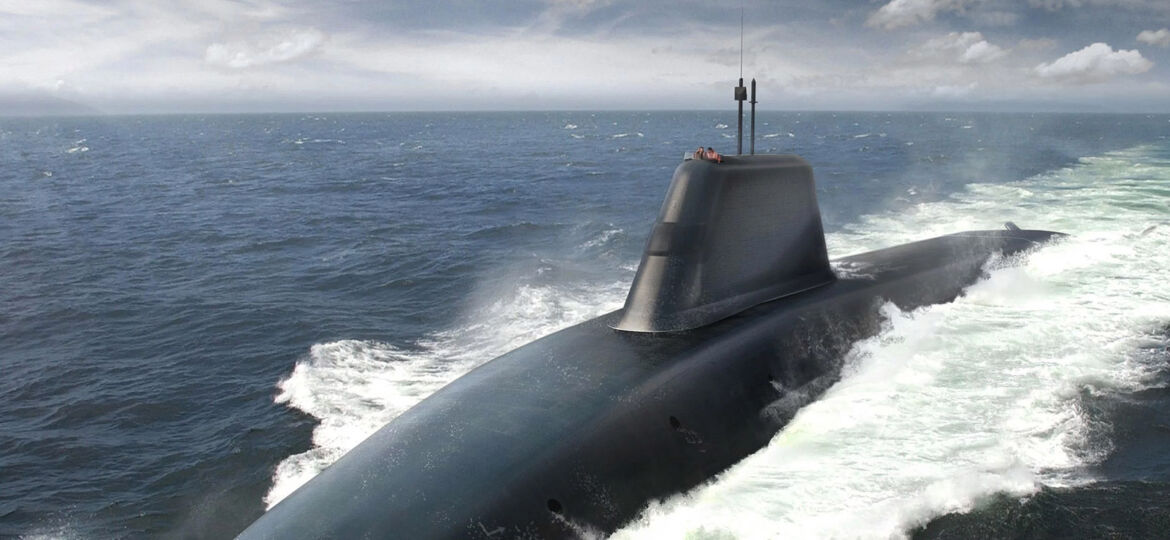
WHY THIS MATTERS IN BRIEF
Americas submarines of the future will command huge swarms of autonomous drones and travel at supersonic speeds, changing the nature of warfare, and balance of power.
In the next two decades the US is going to be putting its next generation of subs into the water. Known as the Ohio Replacement Program the US will start construction of the new SSBN(X) and SSN(X) subs in 2021 with a view to putting them into the water between 2031 and 2040. Despite that though they are already thinking ahead to the subs they’re going to be putting into the water in 2050 and researching the technologies that they’ll stuff into them. Technologies such as Biomimetic Drives, which will replace today’s magneto propulsion systems with propulsion systems that more closely mimic nature, Cavitation Generation Systems (CGS), which will allow subs to travel underwater at supersonic speeds, and new drone Command and Control technologies which would would essentially turn the latest submarines into the mother ships for swarms of Unmanned Underwater Vehicles (UUVs) and Unmanned Aerial Vehicles (UAVs).
The Navy’s current attack sub, the Virginia class, is slowly being upgraded with new tech but by 2030 their design will be over 30 years old and since their original launch technology has taken a huge stride forward.
One of the US Naval Institute’s most interesting areas of focus at the moment is the field of UUVs. While UUVs haven’t received as much attention as UAVs the Navy is increasingly researching new ways to use and deploy them – from using them to launch other autonomous drones and vehicles to using them to clear mines and even hunt other submarines.
In the future the US Navy envisions a single submarine controlling several UUVs at once, with each performing a different mission. For example, a submarine attempting to quietly land commandos on a hostile beachhead could use one UUV to clear mines out of its path, another to attack enemy patrol craft and a UAV to scout the beachhead. And that’s just for starters – it’s also conceivable that these systems, which are becoming increasingly intelligent and autonomous could one day just wage the battle all by themselves.
Drones though are hard to operate from submarines because the submarines have to deploy them while underwater, and while they can be expelled from submarines using torpedo tubes, countermeasures tubes or even the trash disposal units all of these deployment methods severely restrict a UUV’s size because torpedo tubes, for example, have a diameter of just 21 inches.
One possibility for drones is that they stick to the hull of a submarine the way a remora fish sticks to a shark. UUVs could attach and reattach as necessary without the need to enter and exit the sub, and – as a consequence they could be much bigger. Not all submarine drones though are meant to operate underwater. The Navy is currently outfitting Virginia submarines to carry the Blackwing spy drone, which can be seen in the above video, which is launched from a torpedo countermeasures tube. The Blackwing surfaces and then flies in the air to conduct surveillance missions.
with all of these new developments in artificial intelligence, command and control, and drone technology this then begs the question – could the submarines of the future replace the aircraft carriers and the autonomous warships and destroyers of the future?















